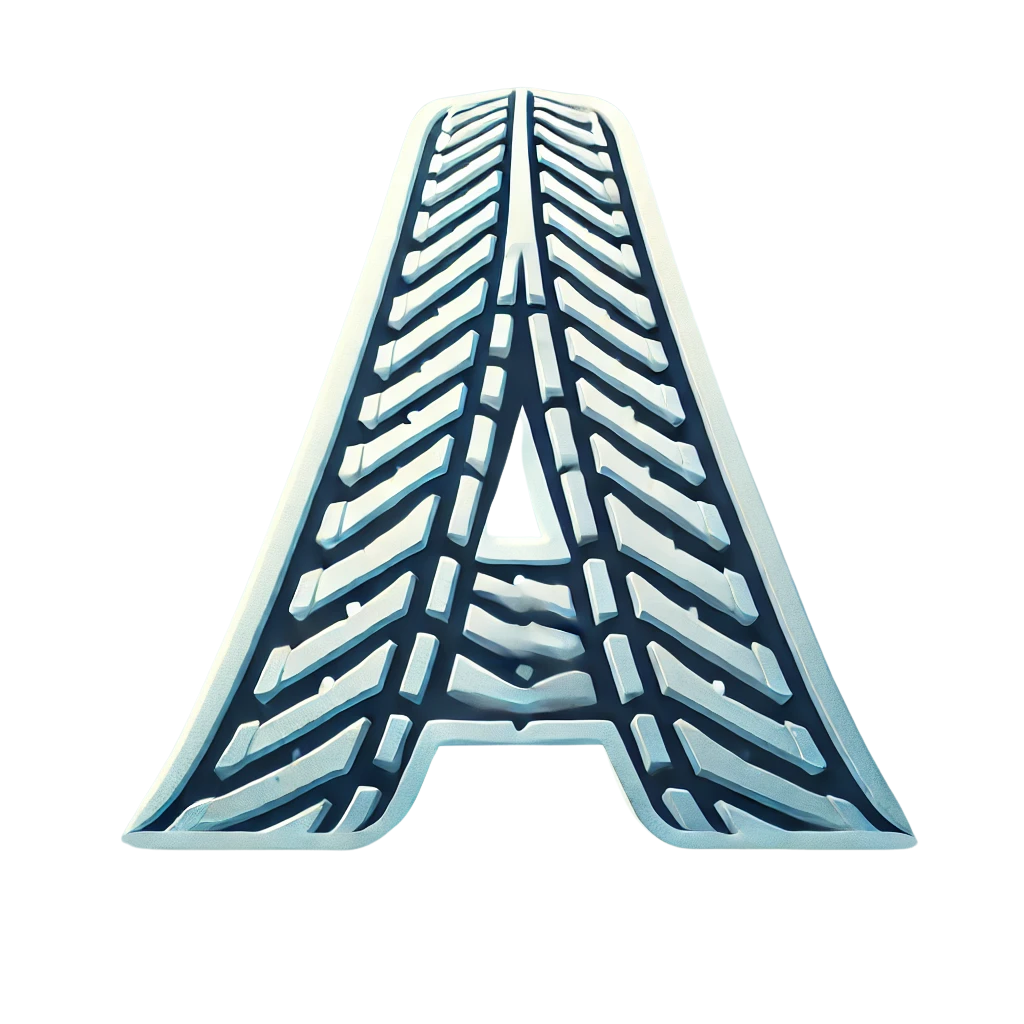Snowmobile Riding Essentials
Getting Started with Snowmobiling
Snowmobiling is an exciting winter sport that offers both recreation and utility. Beginners often find the sport accessible once they understand the basics. Modern snowmobiles are built with intuitive controls, electric starts, and reliable engines, making them easier than ever to ride. The first step is familiarizing yourself with your specific model, including how to start, stop, and steer the machine. Always begin on groomed trails or flat, open areas before advancing to more difficult terrain.
Renting a snowmobile is a great way to try out different types of machines without making a long-term investment. Many first-time riders also benefit from guided tours, where professionals can offer tips and monitor your progress in real time.
Beginner-Friendly Models
When choosing your first snowmobile, opt for models with engines in the 400-600cc range. These sleds are powerful enough for trail use but not overwhelming. Brands like Ski-Doo and Polaris offer beginner-specific models with features like hand warmers, reverse gear, and easy throttle response, making them ideal for new riders.
Essential Riding Safety Tips
Riding safely starts with preparation. Always wear a helmet that meets DOT or ECE standards, as well as snowmobile-specific gear including goggles, insulated gloves, and waterproof outerwear. Cold weather can drain your energy fast, so wearing layers helps regulate temperature and comfort. Plan your route in advance, and always let someone know your destination and expected return time.
Many regions now require snowmobile safety certification, especially for young riders. These courses teach you how to identify hazards, maintain control, and respond to emergencies — skills that could save your life.
Preparedness is Key
Never ride without a basic emergency kit. Include a flashlight, multi-tool, fire starter, water, energy bars, and a first aid kit. Also bring a tow strap and a small repair kit in case your sled breaks down mid-ride.
Trail Etiquette
Snowmobile trails are shared spaces, often crossing through public and private land. Riders are expected to stay on marked paths, yield to others, and maintain a safe speed, especially around blind corners. You should always ride on the right side of the trail and pass only when it's safe and courteous to do so.
Good etiquette also involves respecting the environment. Don't litter, harass wildlife, or damage vegetation. Many trails exist because of agreements with landowners, and reckless behavior can lead to closures for everyone.
Group Riding Tips
When riding with others, designate a lead and sweep rider. Keep spacing consistent and use hand signals to communicate stops, turns, or hazards. If someone breaks down or gets separated, the group should have a plan for regrouping safely.
Backcountry Riding
For many riders, nothing compares to the thrill of exploring untouched backcountry snow. However, this kind of riding requires advanced skills, avalanche awareness, and specialized equipment. The freedom of deep snow comes with the responsibility of understanding terrain, reading weather conditions, and managing risk.
Backcountry riders should carry an avalanche beacon, probe, and shovel — and know how to use them. Consider enrolling in avalanche safety courses before venturing out. Never ride alone in remote areas, and always check avalanche bulletins before your trip.
Machine Readiness
Backcountry terrain is tough on machines. Inspect your track, belts, and suspension before every ride. Carry spare spark plugs and an extra drive belt. Mountain sleds with longer tracks and deep lugs are better suited for powder than trail-focused models.
Gear for Snowmobile Riding
Your clothing is your first defense against the elements. Helmets with heated visors prevent fogging, while snowmobile suits keep your core dry and insulated. Gloves should offer warmth without sacrificing throttle control, and boots must provide insulation, waterproofing, and traction.
Layering properly ensures flexibility throughout the day. Start with a moisture-wicking base layer, add an insulating layer (like fleece or down), and top it with a windproof, waterproof outer shell. Don't forget accessories like balaclavas and neck gaiters to seal out wind and snow.
Trusted Gear Brands
Klim, FXR, and Castle X are leading brands known for high-quality snowmobile apparel. Look for features like reinforced impact zones, reflective trim for low-light visibility, and ventilation zips for breathability. Investing in the right gear pays off in safety and comfort.
